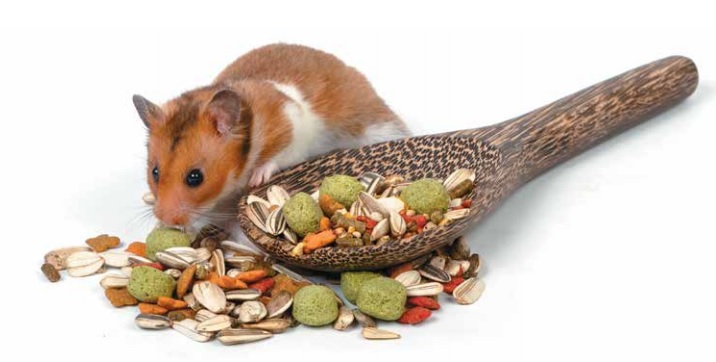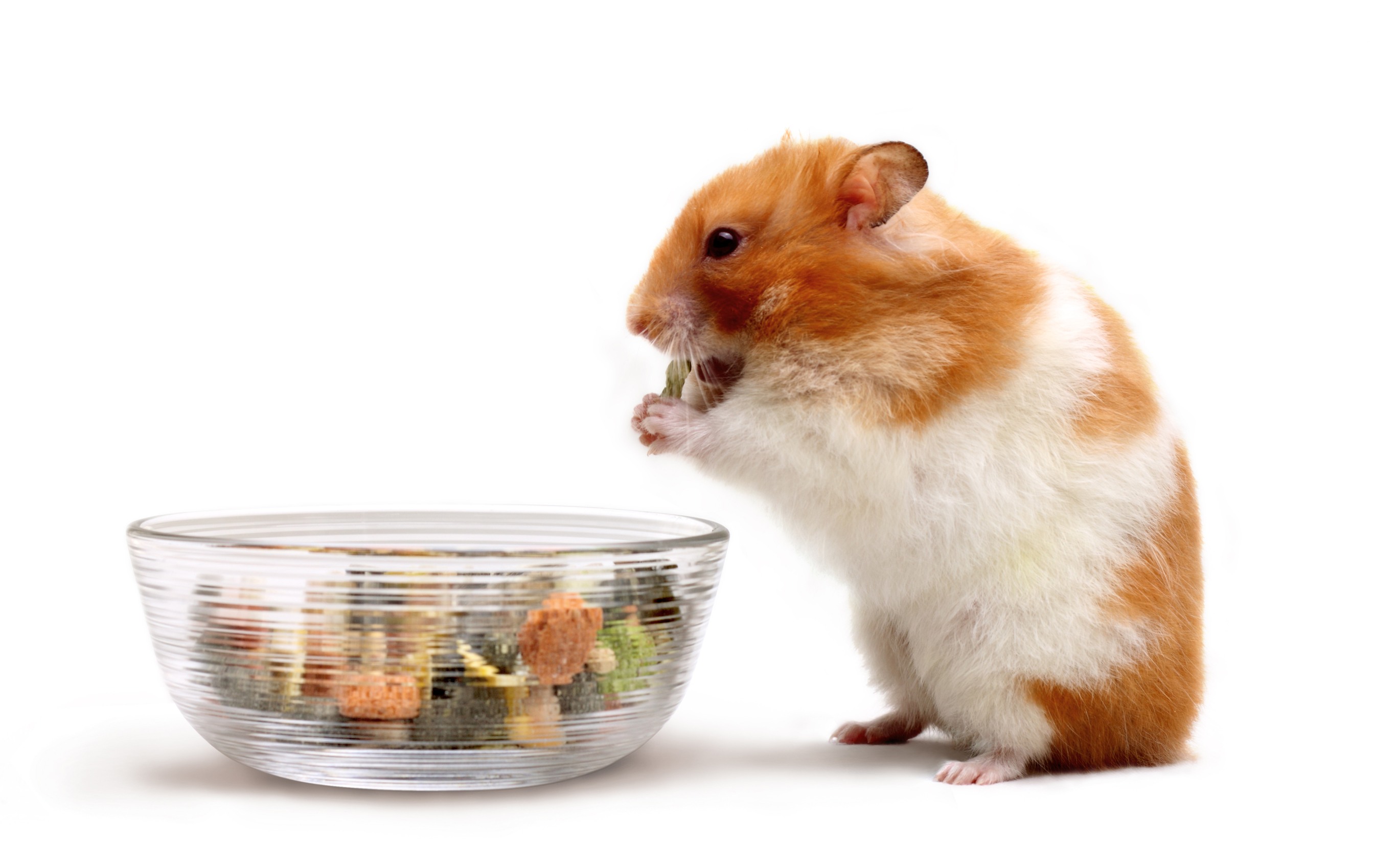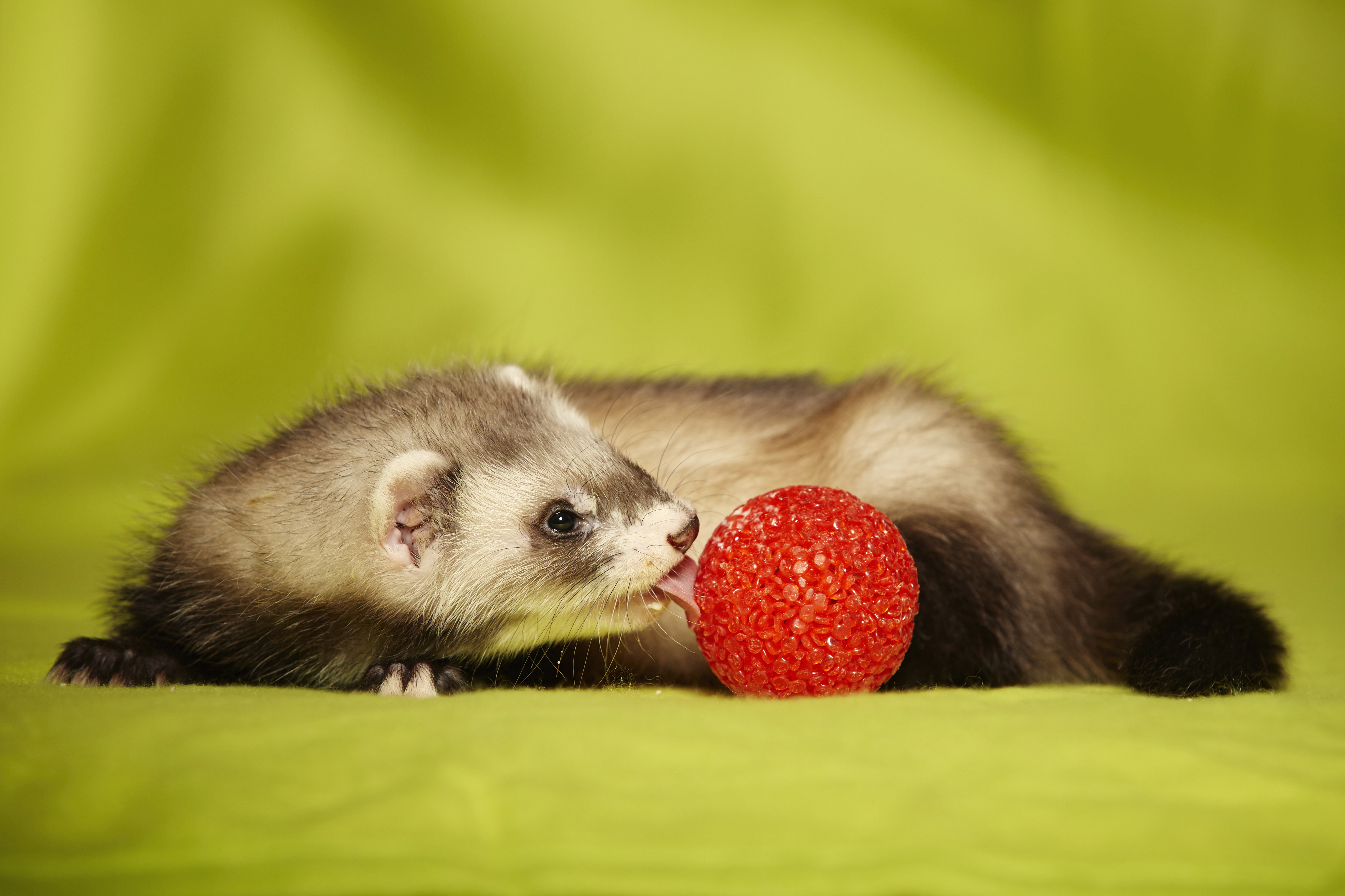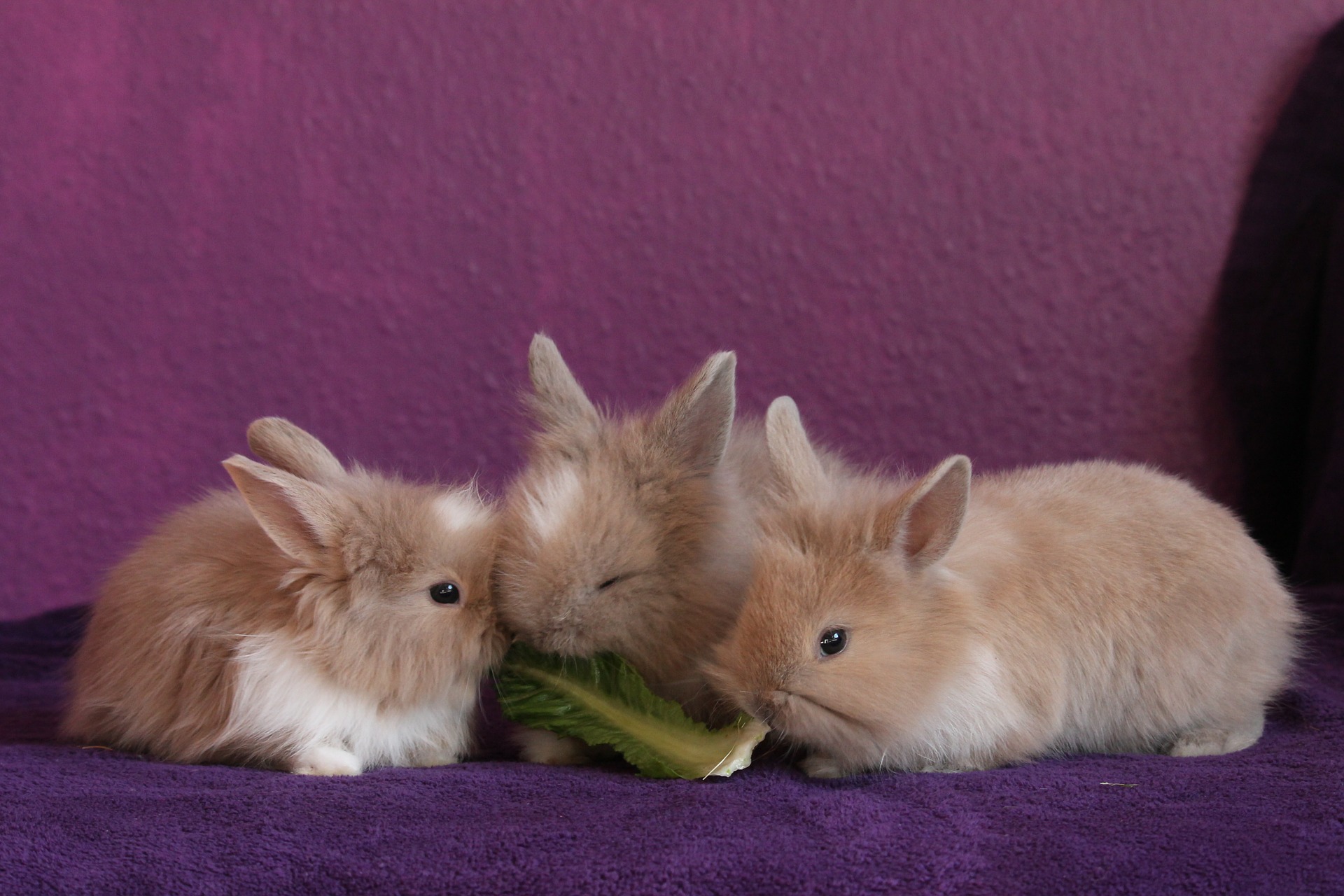Inspire Customers to Visit by Expanding your Treat Offerings
Erik J. Martin //September 11, 2018//
Staples like daily diets and bedding may bring shoppers into your store. But what puts a smile on their face—and keeps them coming back for more—are the edible packaged pleasures that get their small animal pets excited. Because, truth is, everybody loves treats—domesticated rodents included.
But while any self-respecting pet shop is sure to offer at least a handful of yummy brands, it’s easy to overlook, underestimate or be unaware of the most recent treat products that could serve as surefire profit builders in your establishment. And with so many new treat offerings hitting the market every year, it can be hard to keep pace with the latest in this category. Still, it pays to keep tabs on today’s treats.
“Treats play a fun and important role in developing the bond between pet and parent, and the treat category is growing all the time. It’s important for retailers to carry a diverse treat lineup to meet the different preferences of each pet,” said Lucas Stock, communications manager for Oxbow Animal Health in Omaha, Nebraska, which recently gave a packaging facelift to its popular Simple Rewards line of nine different treats, including freeze-dried fruit and baked snacks.
“Carrying a wide variety of treat options helps ensure that you won’t lose customers and miss out on what could be a much larger transaction,” Stock added.
Retail Treat Tales
Nick Kuhn, owner and manager of Pets and Such, a West Valley, Utah-based indie store founded in 1987, can vouch for that “larger transaction” advice. He says treats at his shop are often an impulse purchase made by patrons who make a planned visit for pet staples but who end up with a bigger basket ticket once they spot treats on the shelf.
“Customers like to spoil their pets with fun foods, and treats have served as a nice profit builder add-on for extra sales in our store. A lot of people come to us for treats because the local big box retailers don’t offer good variety. So this is one category where it definitely pays to expand your set,” said Kuhn, whose newest treat SKUs are Woodland Loops, a high-fiber cheerios-type treat with Timothy Dandelion and Rosehip, and Garden Sticks, both by Supreme Petfoods. Pets and Such’s biggest treat seller remains Kaytee’s Mixed Berry Flavor Yo Chips.
Jayzun Boget, assistant manager at Preuss Pets in Lansing, Michigan, has observed significant change in the treat category over his 18 years with the store.
“In the 1990s, treat brands cared more about how bright, colorful and attractive their products looked on the shelf. There was less focus on quality ingredients and species-specific products,” said Boget, noting that his treat aisle today spans 12 feet wide by 8 feet tall, sporting five different brands and 60 treat SKUs, among them Brown’s Tropical Carnival Natural Wheat Sprays and Vitakraft’s Nibble Rings. “But manufacturers have done a good job of upping their game in recent years and offering more palatable, enjoyable and healthier treats.”
That latter point is especially evident to Beya Alcaraz. She’s the manager of The Animal Connection, San Francisco, California’s largest independent pet store, where better-for-you brands like Oxbow’s Organic Barley Biscuits, Kaytee’s Natural Timothy Hay Cubes, and Carrot and Fennel Sticks and Apple and Strawberry Bunnies (both in Rosewood’s Naturals line) are all the rage.
“I’ve noticed a pretty big shift away from processed and sugary snacks like yogurt drops. Customers are increasingly realizing that small animals need better nutrition, so treats with natural and organic ingredients are becoming more popular,” Alcaraz said.
It’s also hard to miss another treat tendency—namely, that brands are making more goodies that resemble snacks we humans love. Consider eCOTRITION’s Baked Pretzels, and Vitakraft Sunseed’s AnimaLovens Pretzel Sticks; Vitakraft’s Mini-Pop, which can be microwaved to make popcorn; Living World’s Wheel Delights, which resemble tiny rice cakes; and Hartz’s Trail Mix for small animals.
Whetting the Customer’s Appetite
Stock cautions that treats will rarely be the main driver of a visit to your store. Consequently, “make sure that treats are placed prominently in proximity to essentials such as foods and hay,” he said. “Keep treats at eye level for maximum visibility, and use clip strips in the aisle to more visibly merchandise them.”
At Pets and Such, treats are on the top shelf at eye level, just above daily diets and two shelves higher than litter.
“We also sometimes do special treat endcap promotions,” Kuhn said.
Alcaraz, on the other hand, believes in positioning treats as a “playtime” purchase.
“Our treats are on the same wall as our small animal toys—so everything ‘fun’ goes on one wall situated right next to the food area,” she said. “We also group our treats by brand, not species.”
Proper merchandising is key, but so is customer service.
“Interacting with shoppers who walk through our door and getting them excited about treats is the secret to our treat sales,” Boget said. “We try to teach our customers that treats are best used as enrichment tools. This means hiding them throughout the cage to give the pet reasons to forage around.”
Boget’s crew likes to “teach customers that the goal of treats should be to keep the animal active and stimulated. So educating them about your products and how best to use them is essential.”
Other treat tips:
Train your hired help thoroughly about the treat brands you carry—their ingredients, benefits, and feeding directions.
Feed your livestock the same treats you stock, and make this feeding process visible to shoppers.
Allow prospective buyers of pets for sale to hand-feed a treat, which creates bonding opportunities.
Bundle one or more treat offerings in your pet starter kits to encourage repeat sales of that product



















